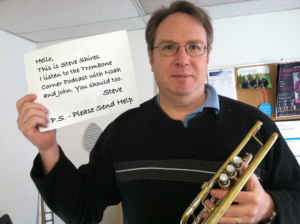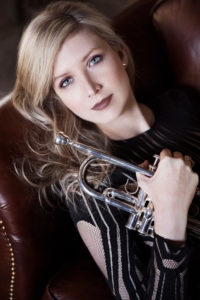 Classical Trumpeter Mary Elizabeth Bowden has built a rapidly ascendent career as a soloist, praised for her “splendid, brilliant” playing (Gramophone Magazine) and the clarity, purity and power of her sound. A Gold Medal Global Music Award Winner, Opus Klassik Nominee, and Yamaha Performing Artist, she has also worked to establish a new repertoire for the trumpet through creative, collaborative commissioning projects and award-winning albums.
Classical Trumpeter Mary Elizabeth Bowden has built a rapidly ascendent career as a soloist, praised for her “splendid, brilliant” playing (Gramophone Magazine) and the clarity, purity and power of her sound. A Gold Medal Global Music Award Winner, Opus Klassik Nominee, and Yamaha Performing Artist, she has also worked to establish a new repertoire for the trumpet through creative, collaborative commissioning projects and award-winning albums.
Recent highlights include the premiere of Vivian Fung’s Concerto for Trumpet and Orchestra with the Erie Philharmonic, the Spanish premiere of James MacMillan’s Seraph with the Orquesta Filarmónica de Gran Canaria, her German debut in Eisenach at the Wartburg Castle, and her French debut at the Château de Courances, both through the World and European Brass Association. She also made her Russian debut with a performance in Sochi with famed trumpeter Otto Sauter’s handpicked “10 of the Best” trumpet soloists from around the world.
Her upcoming season includes additional performances of the Fung concerto with the Santa Fe Symphony, Chicago Youth Symphony Orchestra, Shenandoah Conservatory Orchestra, and San Diego State University Orchestra. Mexican composer Gina Enríquez Morán has been tasked to write a new concerto for Mary to be premiered by the World and European Brass Association. She is slated to perform Ellen Taaffe Zwilich’s American Concerto with the Las Vegas Philharmonic in 2022 and will also make her debut in Turkey, performing Lowell Lieberman’s concerto with the Izmir State Symphonic Orchestra. Mary will also embark on a five-week tour with the Kassia Ensemble, performing a program of trumpet and string quartet arrangements featuring both core classical and contemporary works.
Mary has performed as a soloist across the U.S., including with the Erie Philharmonic, Evansville Philharmonic, Peninsula Symphony (California), Chameleon Arts Ensemble (Boston), Springfield Symphony (both in Missouri and Ohio), Richmond Philharmonic Orchestra, San Juan Symphony, and at Montana’s Big Sky Festival, among many others. International soloist performances include China’s Hunan Symphony Orchestra, Croatian Army Wind Band at the Velika Gorica Brass Festival, Lieksa Brass Week in Finland, and The Banff Center in Canada. Mary has collaborated in chamber music programs at the Marlboro Music Festival, Lakes Area Music Festival, the Banff Centre, and at the Sydney Opera House (under the baton of Håkan Hardenberger).
An engaging orchestral musician, Mary is currently Principal Trumpet of the Artosphere Festival Orchestra, a member of the Iris Orchestra and Richmond Symphony Orchestra, and has served as Principal Trumpet of the Sarasota Opera Orchestra, Lakes Area Music Festival Orchestra, New Zealand’s Auckland Philharmonia, the Daejeon Philharmonic in Korea, with Seraphic Fire’s Firebird Chamber Orchestra, and the Lucerne Festival Academy in Switzerland.
Mary has released two recordings on Summit Records: her debut album, Radiance (featuring new American works), and her second solo album, Rêverie with the Kassia Ensemble. Rêverie was featured as one of the Top Albums of the Year for the Global Music Awards and on Textura Magazine’s Top Ten Classical Albums of the Year.
In addition to her acclaimed performances of core classical repertoire, she has worked to build a new repertoire for her instrument through performances of contemporary works, as well as commissioning projects with composers such as James Stephenson, Rene Orth, Catherine McMichael, Joseph Hallman, and an upcoming recording featuring works by Reena Esmail, Tyson Davis, Vivian Fung, Sarah Kirkland Snider, and Clarice Assad.
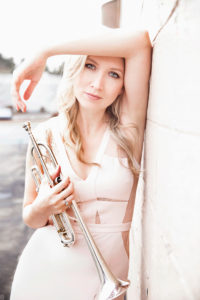 Among her many creative projects, Mary is a founding member and artistic leader of both Seraph Brass and the Chrysalis Chamber Players. Seraph Brass, an ensemble of America’s top female brass players that was awarded the 2019 American Prize in Chamber Music, has performed at the International Trumpet Guild Conference, Busan Maru Music Festival in South Korea, the International Women’s Brass Conference, and the Lieksa Brass Week in Finland. The group’s debut album, Asteria, released on Summit Records, won the Silver Medal Global Music Award, and they performed on part of singer Adele’s 2016 North American tour. Mary also frequently performs in recital both in solo programs and as the Dash Duo with her husband, trumpeter David Dash.
Among her many creative projects, Mary is a founding member and artistic leader of both Seraph Brass and the Chrysalis Chamber Players. Seraph Brass, an ensemble of America’s top female brass players that was awarded the 2019 American Prize in Chamber Music, has performed at the International Trumpet Guild Conference, Busan Maru Music Festival in South Korea, the International Women’s Brass Conference, and the Lieksa Brass Week in Finland. The group’s debut album, Asteria, released on Summit Records, won the Silver Medal Global Music Award, and they performed on part of singer Adele’s 2016 North American tour. Mary also frequently performs in recital both in solo programs and as the Dash Duo with her husband, trumpeter David Dash.
Accolades include the Gold Medal Global Music Award, the First Prize of the International Women’s Brass Conference Trumpet Competition, 2nd Prize of the 2019 American Prize in Instrumental Performance, and a nomination for the Opus Klassik awards in 2020.
Mary earned her Bachelor of Music degree from The Curtis Institute of Music, where she studied with the principal trumpeter of the Philadelphia Orchestra, David Bilger. She was awarded her Master of Music degree in 2006 from the Yale School of Music where she studied on a full scholarship with trumpeter Allan Dean. Mary is currently Assistant Professor of Trumpet at Shenandoah Conservatory.
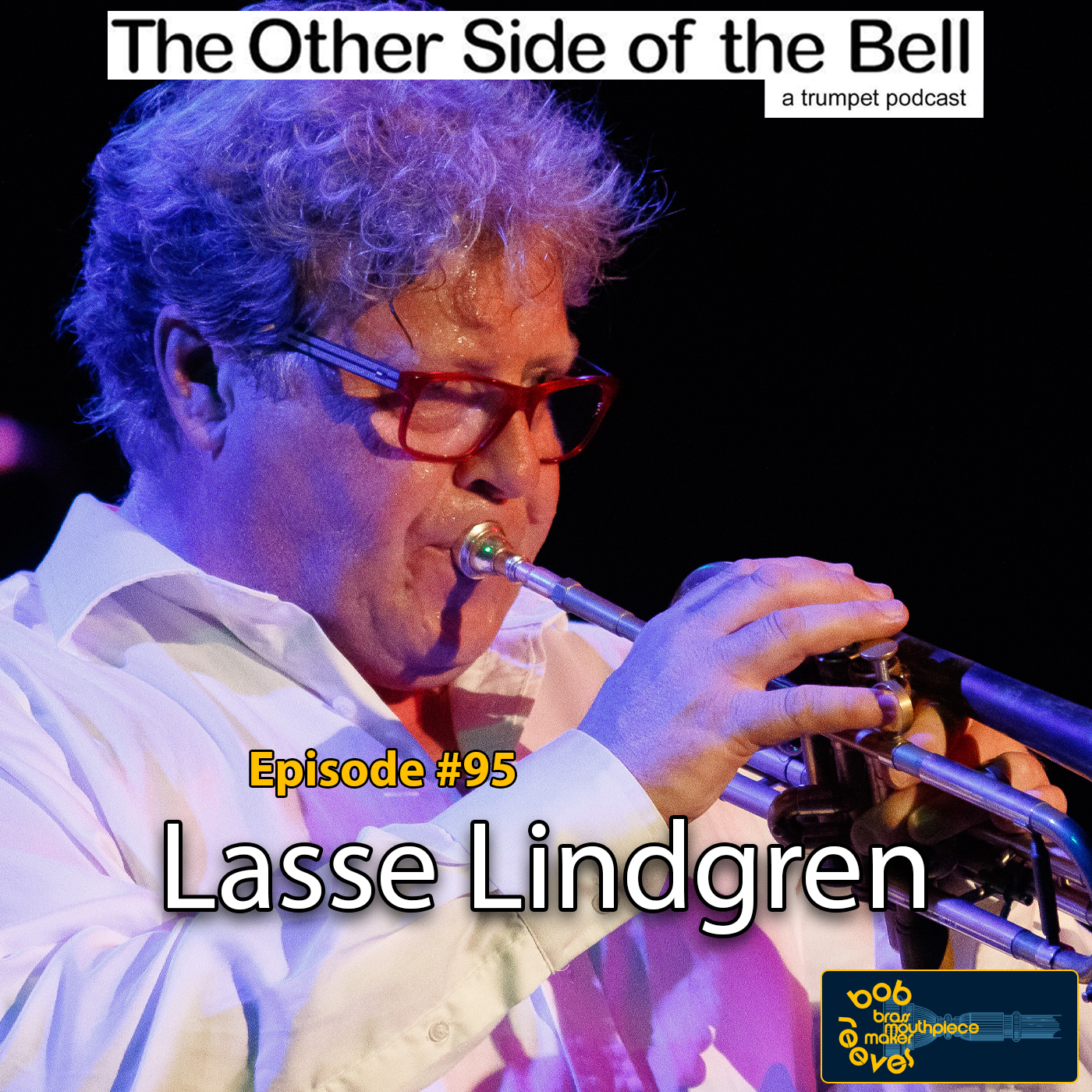
 Lasse Lindgren works as a jazz musician, trumpet player, composer, rehearsal leader, bandleader and lecturer. Ever since Louis Armstrong’s unique trumpet voice captured my ear at the age of five, I have tried in different ways to express myself with my own individual voice on the trumpet, an instrument I was given at the age of eight.
Lasse Lindgren works as a jazz musician, trumpet player, composer, rehearsal leader, bandleader and lecturer. Ever since Louis Armstrong’s unique trumpet voice captured my ear at the age of five, I have tried in different ways to express myself with my own individual voice on the trumpet, an instrument I was given at the age of eight.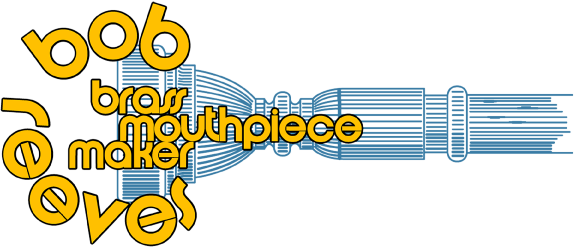



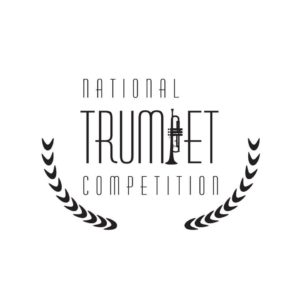 We are excited to travel to the University of Delaware for this year’s National Trumpet Competition! The exhibit halls at the competition will be open on April 1st and April 2nd. Visit us to try a huge selection of trumpet mouthpieces, get a Reeves valve alignment, test Van Laar and C. Davis trumpets, or pick up a cool accessory like our mouthpiece pouches & sleeves. This year we are featuring Rejano Mutes practice mutes, Clary Woodmutes and C. Davis mutes!
We are excited to travel to the University of Delaware for this year’s National Trumpet Competition! The exhibit halls at the competition will be open on April 1st and April 2nd. Visit us to try a huge selection of trumpet mouthpieces, get a Reeves valve alignment, test Van Laar and C. Davis trumpets, or pick up a cool accessory like our mouthpiece pouches & sleeves. This year we are featuring Rejano Mutes practice mutes, Clary Woodmutes and C. Davis mutes! Have you always wanted a Bob Reeves Patented Valve Alignment but don’t want to ship your trumpet to our shop? You’re in luck because we’ll be doing alignments at the National Trumpet Competition. Just drop your horn off at our booth and you can pick it up the next day! A few same day appointments are available.
Have you always wanted a Bob Reeves Patented Valve Alignment but don’t want to ship your trumpet to our shop? You’re in luck because we’ll be doing alignments at the National Trumpet Competition. Just drop your horn off at our booth and you can pick it up the next day! A few same day appointments are available.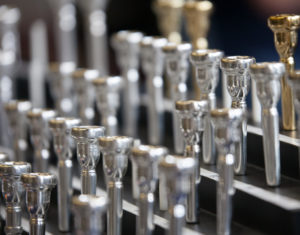 If you’ve never visited our booth at a trade show before, you are in for a real treat. We bring everything but the kitchen sink. Here’s a partial list of stuff we will have for you to try (and buy!) at the show:
If you’ve never visited our booth at a trade show before, you are in for a real treat. We bring everything but the kitchen sink. Here’s a partial list of stuff we will have for you to try (and buy!) at the show: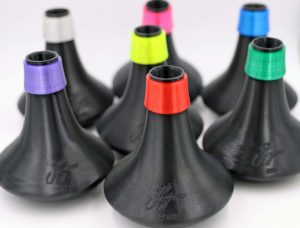 Test out the full line of Rejano Mutes practice mutes at our booth in all of the popular colors. Rejano Mutes was born with the need to solve the problems in the already existing practice mutes for brass instruments in the market, such a heavy weight, unstable pitch, excessive resistance or a not-quiet-enough sound. Their motivation is to bring to brass players all over the world, through innovative 3D printed designs, a unique experience that offers quietness without having to sacrifice a good feeling while playing on a trumpet practice mute.
Test out the full line of Rejano Mutes practice mutes at our booth in all of the popular colors. Rejano Mutes was born with the need to solve the problems in the already existing practice mutes for brass instruments in the market, such a heavy weight, unstable pitch, excessive resistance or a not-quiet-enough sound. Their motivation is to bring to brass players all over the world, through innovative 3D printed designs, a unique experience that offers quietness without having to sacrifice a good feeling while playing on a trumpet practice mute.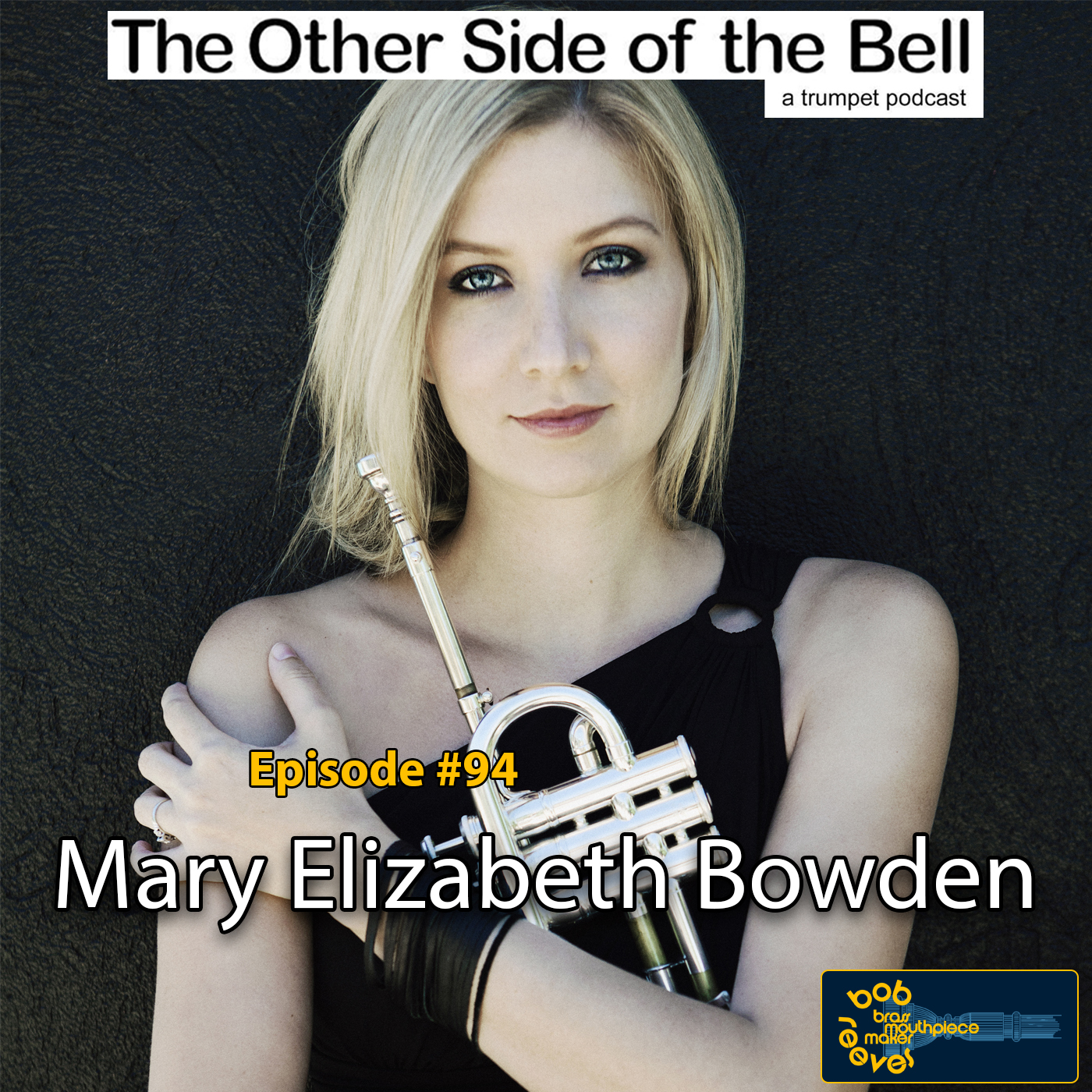
 Classical Trumpeter Mary Elizabeth Bowden has built a rapidly ascendent career as a soloist, praised for her “splendid, brilliant” playing (Gramophone Magazine) and the clarity, purity and power of her sound. A Gold Medal Global Music Award Winner, Opus Klassik Nominee, and Yamaha Performing Artist, she has also worked to establish a new repertoire for the trumpet through creative, collaborative commissioning projects and award-winning albums.
Classical Trumpeter Mary Elizabeth Bowden has built a rapidly ascendent career as a soloist, praised for her “splendid, brilliant” playing (Gramophone Magazine) and the clarity, purity and power of her sound. A Gold Medal Global Music Award Winner, Opus Klassik Nominee, and Yamaha Performing Artist, she has also worked to establish a new repertoire for the trumpet through creative, collaborative commissioning projects and award-winning albums. Among her many creative projects, Mary is a founding member and artistic leader of both
Among her many creative projects, Mary is a founding member and artistic leader of both 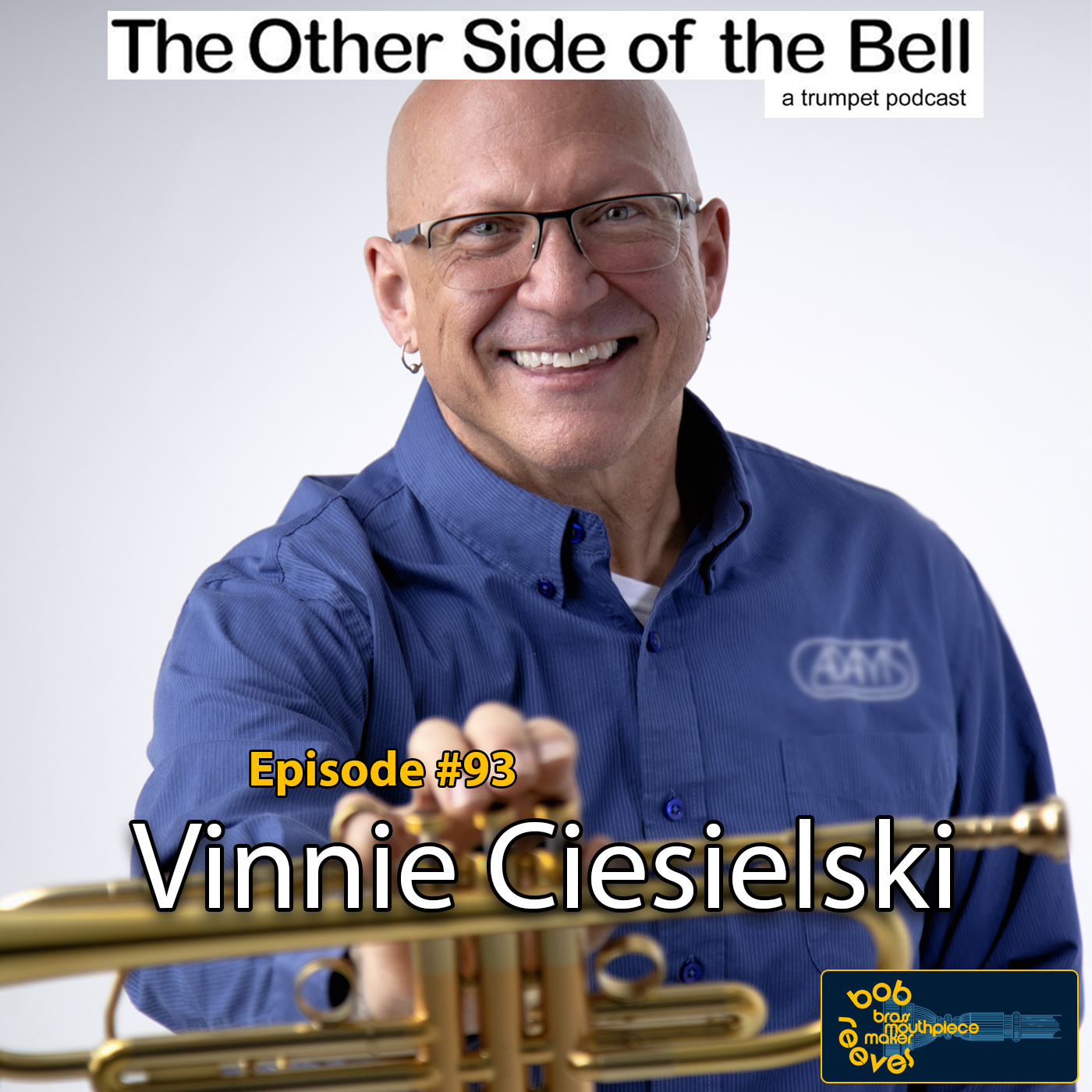
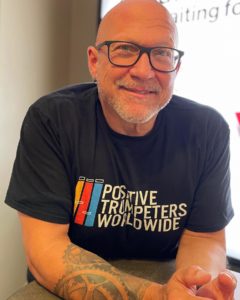 Attending Towson University in Maryland, Vinnie Ciesielski majored in music performance on trumpet, which he has played professionally for over 50 years.
Attending Towson University in Maryland, Vinnie Ciesielski majored in music performance on trumpet, which he has played professionally for over 50 years.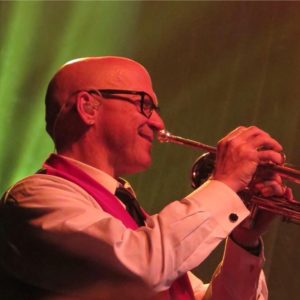 Well known in the performance and recording community, Mr. Ciesielski’s resume includes work on over 6000 recording sessions, 50 Grammy-nominated and 25 Grammy-winning recordings and dozens of Stellar and Dove awards. Vinnie has also been the horn arranger on multiple Grammy, Dove and Stellar nominated and winning recordings.
Well known in the performance and recording community, Mr. Ciesielski’s resume includes work on over 6000 recording sessions, 50 Grammy-nominated and 25 Grammy-winning recordings and dozens of Stellar and Dove awards. Vinnie has also been the horn arranger on multiple Grammy, Dove and Stellar nominated and winning recordings.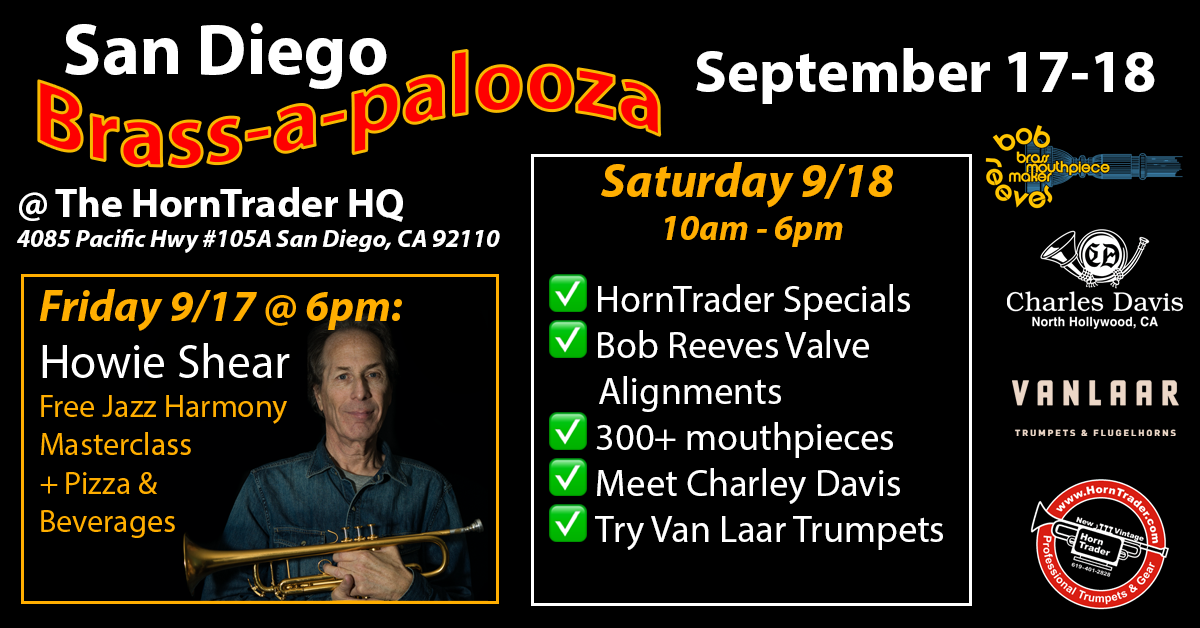
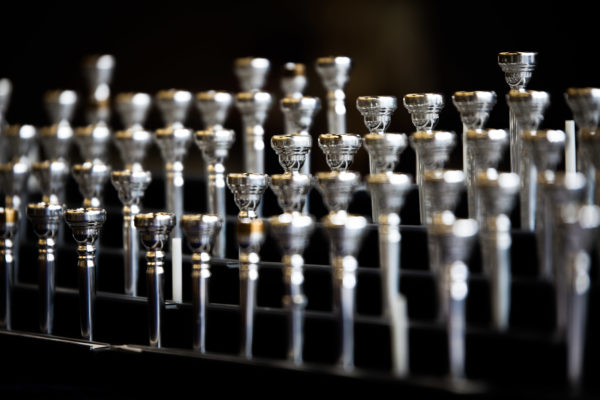
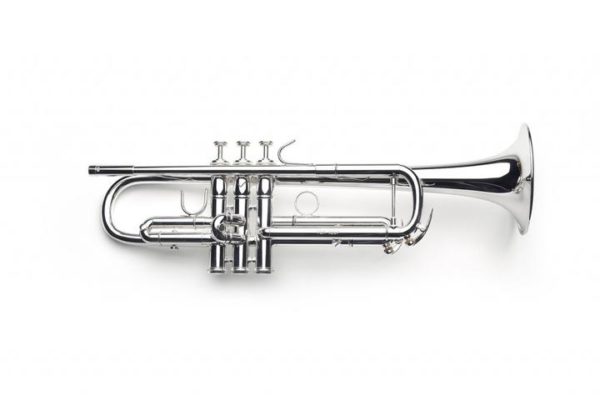
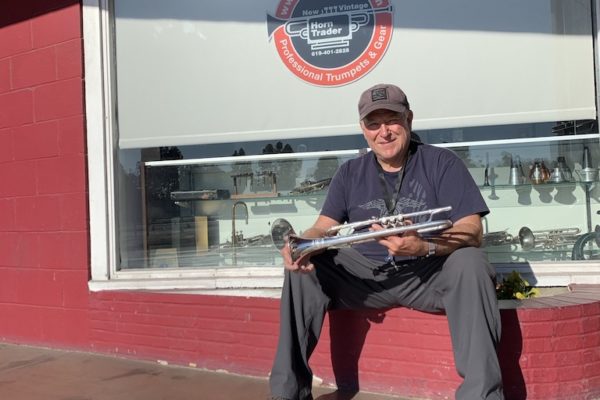

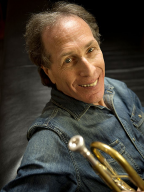 Howie Shear received a Bachelors in Education from Fredonia State University in 1975 and a Masters in Jazz Studies from the Eastman School of Music in 1977. He studied with James F. Burke and Raymond Crisara. Howie toured with the Woody Herman Band as lead trumpet player & featured soloist in 1980. After the tour he moved to Los Angeles and worked as a studio musician and soloist. Among the extensive list of artists he has worked with are: The Chuck Mangione Orchestra, Tony Bennett, George Benson, Mel Torme, Reno Jones, The Temptations, and The Spinners. He was the musical arranger and lead trumpet player on the Joan Rivers Late Night Show. Howie has also played various shows at the Ahmanson Theater and many jazz festivals around the world where he has held trumpet clinics. Arranger and producer of various jazz albums, Howie currently has his own jazz quartet. His classical work includes playing with brass quintets and choirs, solo church work, and solo work in the studios.
Howie Shear received a Bachelors in Education from Fredonia State University in 1975 and a Masters in Jazz Studies from the Eastman School of Music in 1977. He studied with James F. Burke and Raymond Crisara. Howie toured with the Woody Herman Band as lead trumpet player & featured soloist in 1980. After the tour he moved to Los Angeles and worked as a studio musician and soloist. Among the extensive list of artists he has worked with are: The Chuck Mangione Orchestra, Tony Bennett, George Benson, Mel Torme, Reno Jones, The Temptations, and The Spinners. He was the musical arranger and lead trumpet player on the Joan Rivers Late Night Show. Howie has also played various shows at the Ahmanson Theater and many jazz festivals around the world where he has held trumpet clinics. Arranger and producer of various jazz albums, Howie currently has his own jazz quartet. His classical work includes playing with brass quintets and choirs, solo church work, and solo work in the studios.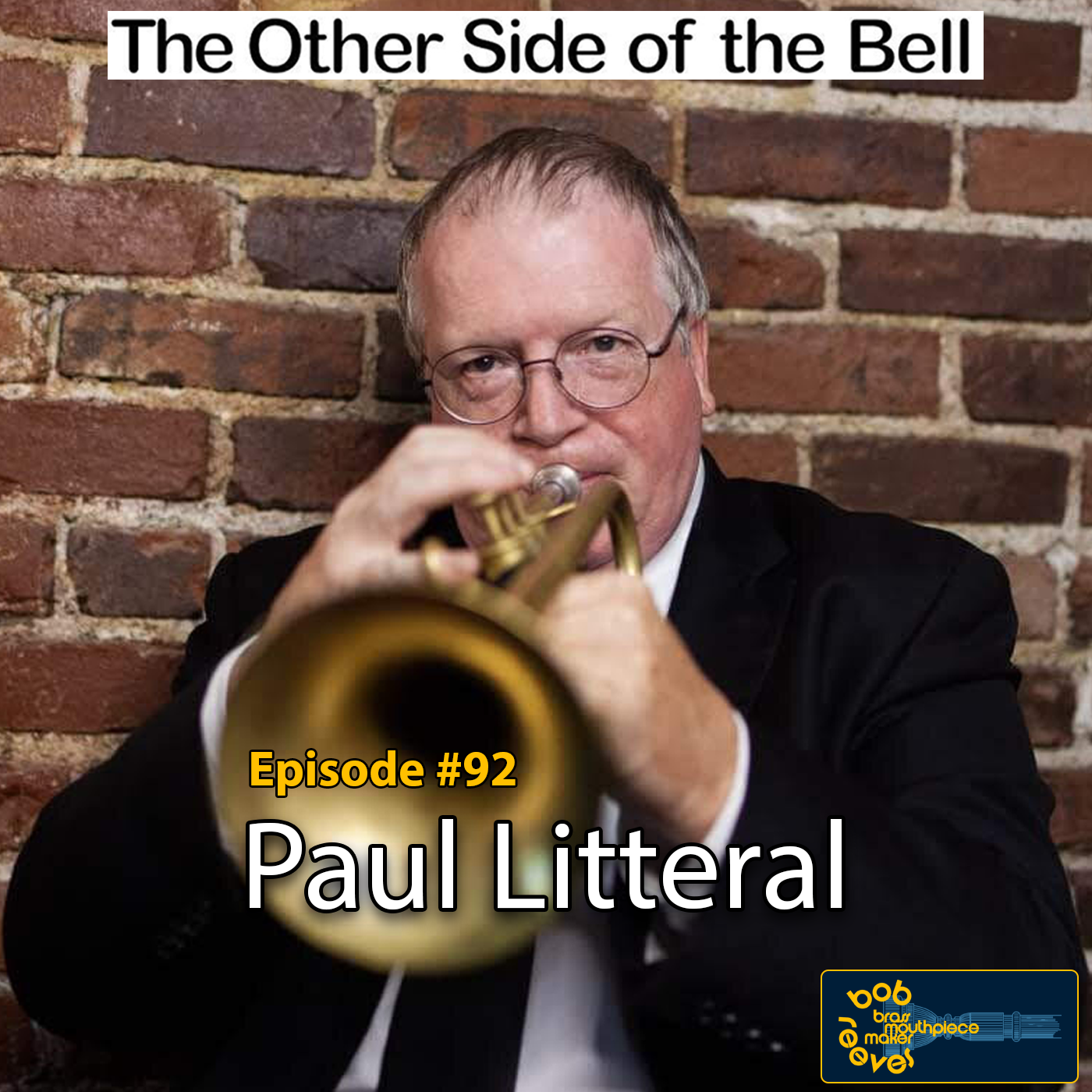
 Paul Litteral was born and raised in Western Kentucky and by the fifth grade he knew that he was going to play the trumpet. After high school, he wanted to play in the Naval School of Music, so he auditioned, was accepted, and then enlisted in the Navy. After some time in Virginia, he was invited to join the band at the duty station in New York City and, when the Navy consolidated its bands at the War College in Rhode Island, he moved there. Having completed his four year tour of duty, Paul left the Navy and returned to New York.
Paul Litteral was born and raised in Western Kentucky and by the fifth grade he knew that he was going to play the trumpet. After high school, he wanted to play in the Naval School of Music, so he auditioned, was accepted, and then enlisted in the Navy. After some time in Virginia, he was invited to join the band at the duty station in New York City and, when the Navy consolidated its bands at the War College in Rhode Island, he moved there. Having completed his four year tour of duty, Paul left the Navy and returned to New York.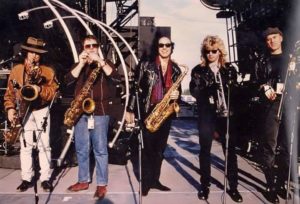
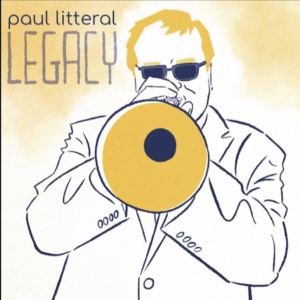 Currently, Paul is playing trumpet and flugelhorn with Angela O’Neill and the Outrageous8. Angela founded the band in 2016 and Paul is one of the original members. He plays a Maxx II trumpet designed by Charles Colin and manufactured by Kanstul Company. When he wants a darker, lower tone, he switches over to flugelhorn, a perfect choice for ballads and medium tempo tunes. His flugelhorn is a Custom Z from Yamaha. Even though he toured much of the world while playing with the Uptown Horns, he still enjoys travel and particularly wants to spend time in Italy, Spain and Ireland. When taking a break from playing music and writing, he enjoys freshwater fishing, primarily as a catch and release fisherman. Asked about favorite foods, Paul’s tastes are eclectic—he likes Asian and Indian cuisine but also loves a great steak.
Currently, Paul is playing trumpet and flugelhorn with Angela O’Neill and the Outrageous8. Angela founded the band in 2016 and Paul is one of the original members. He plays a Maxx II trumpet designed by Charles Colin and manufactured by Kanstul Company. When he wants a darker, lower tone, he switches over to flugelhorn, a perfect choice for ballads and medium tempo tunes. His flugelhorn is a Custom Z from Yamaha. Even though he toured much of the world while playing with the Uptown Horns, he still enjoys travel and particularly wants to spend time in Italy, Spain and Ireland. When taking a break from playing music and writing, he enjoys freshwater fishing, primarily as a catch and release fisherman. Asked about favorite foods, Paul’s tastes are eclectic—he likes Asian and Indian cuisine but also loves a great steak.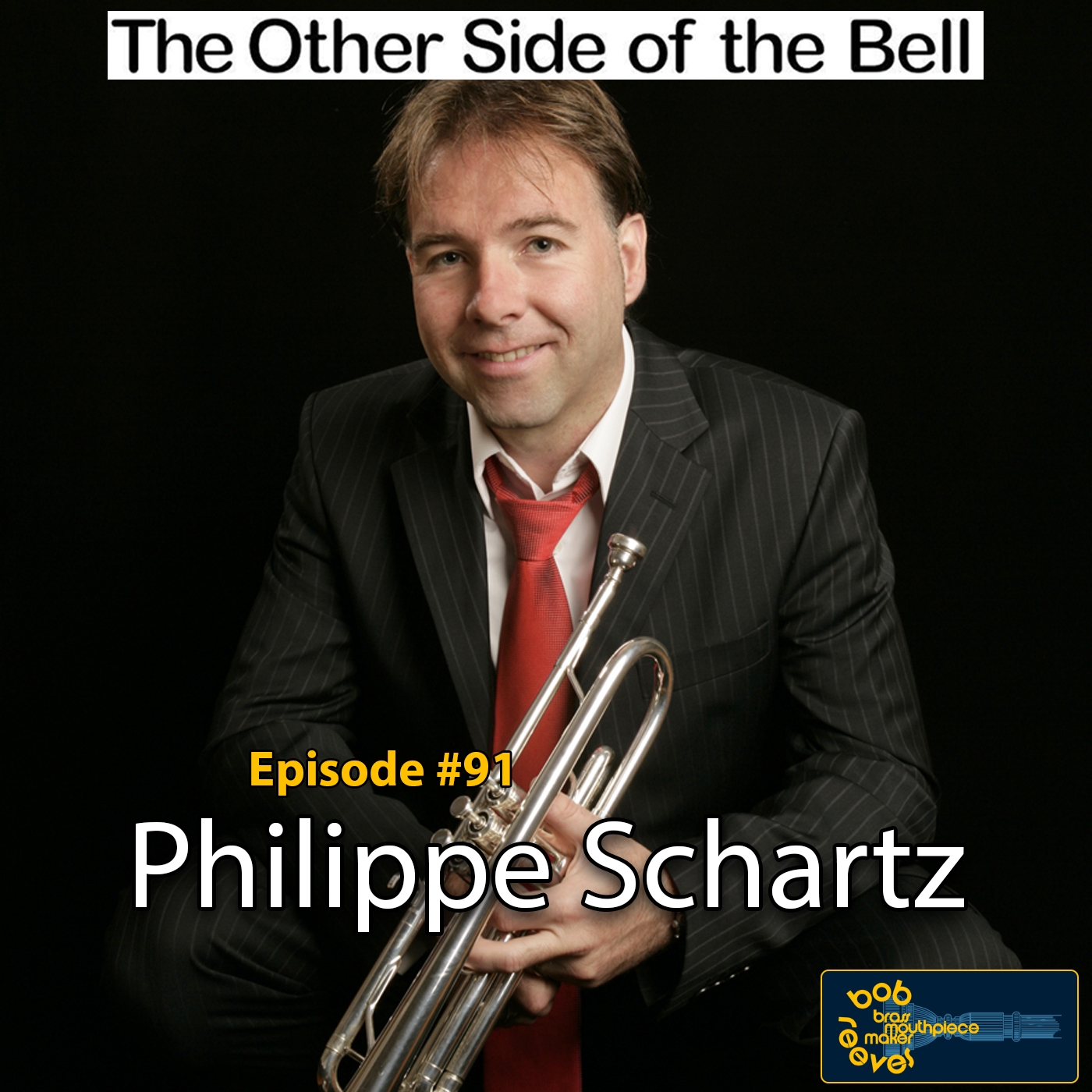
 Born in Luxembourg, Philippe Schartz developed an early interest in the trumpet from listening to his father play in the village wind band. His passion was cultivated by his teachers who have included Dino Tomba, a great friend and mentor. He continued his studies at the Royal College of Music in London with the late David Mason, and then was invited to join the Special Student programme at the Eastman School of Music in Rochester, New York.
Born in Luxembourg, Philippe Schartz developed an early interest in the trumpet from listening to his father play in the village wind band. His passion was cultivated by his teachers who have included Dino Tomba, a great friend and mentor. He continued his studies at the Royal College of Music in London with the late David Mason, and then was invited to join the Special Student programme at the Eastman School of Music in Rochester, New York. An enthusiastic member of the teaching staff at the Royal Welsh College of Music and Drama and Cardiff University, Philippe has given master-classes/recitals
An enthusiastic member of the teaching staff at the Royal Welsh College of Music and Drama and Cardiff University, Philippe has given master-classes/recitals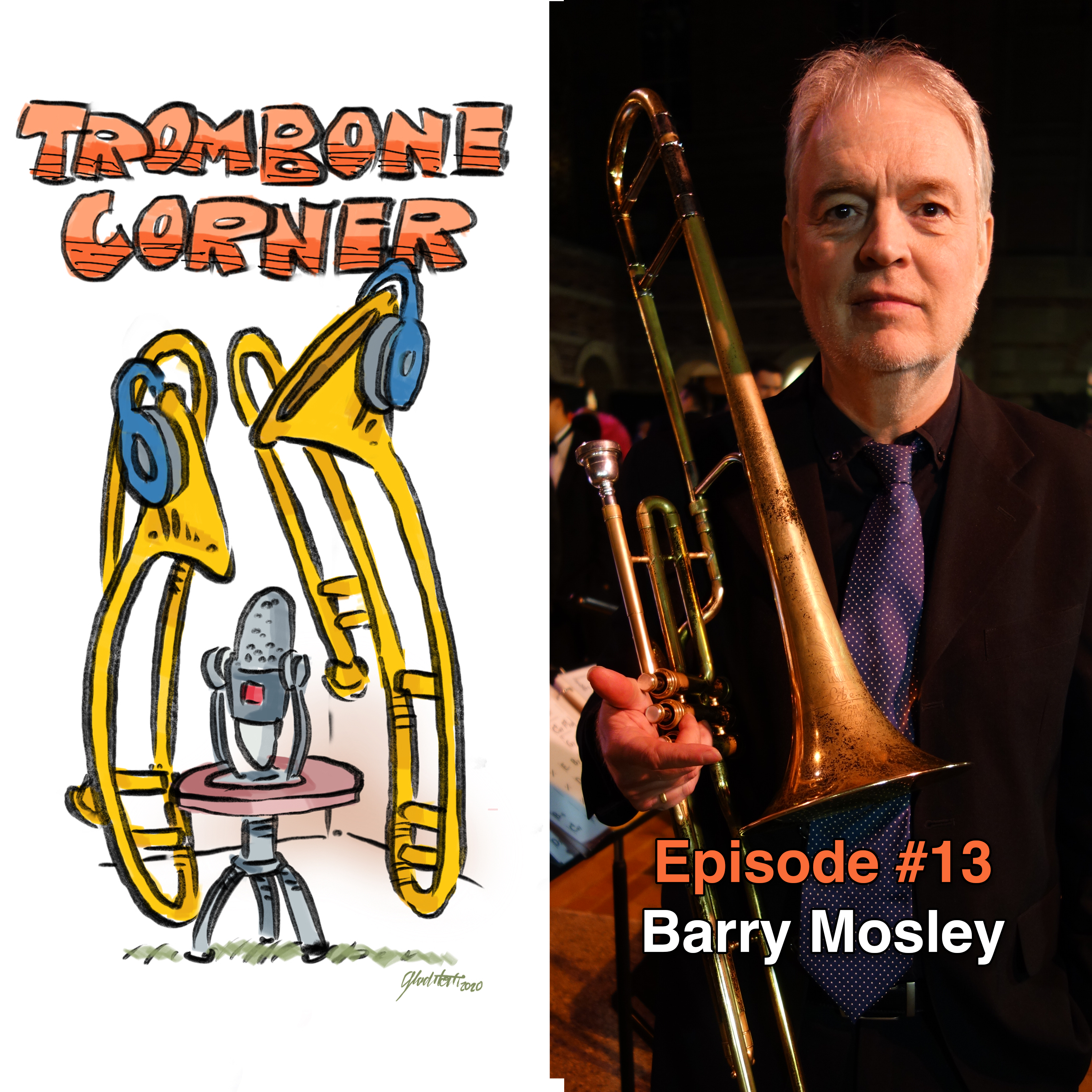
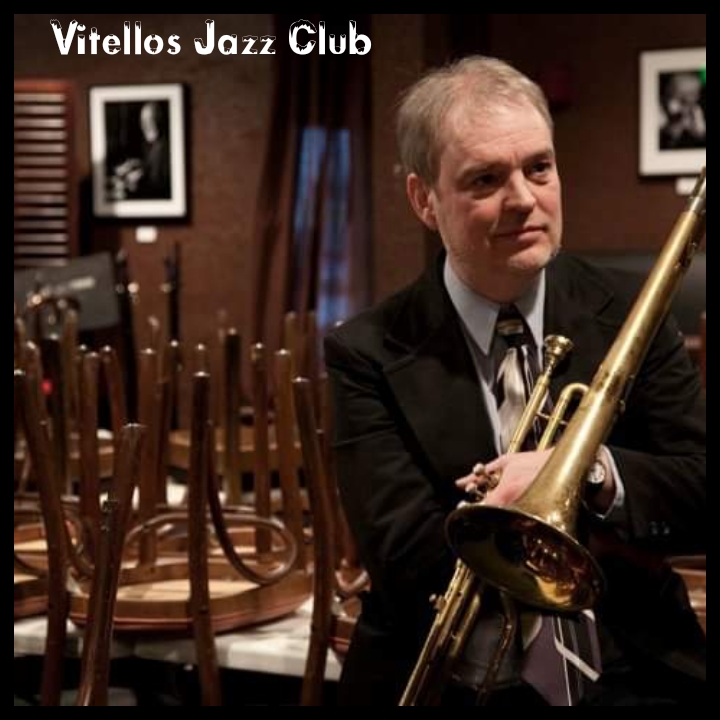 Inspired by the great valve trombonist BOB BROOKMEYER, Barry Mosley is keeping the legacy of playing jazz valve trombone. The first important jazz valve trombonist were JUAN TIZOL and BRAD GOWANS in the 1930s and 1940s, setting the stage for others. The valve trombone has a unique place in jazz history.
Inspired by the great valve trombonist BOB BROOKMEYER, Barry Mosley is keeping the legacy of playing jazz valve trombone. The first important jazz valve trombonist were JUAN TIZOL and BRAD GOWANS in the 1930s and 1940s, setting the stage for others. The valve trombone has a unique place in jazz history.
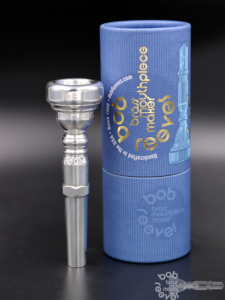 RIM
RIM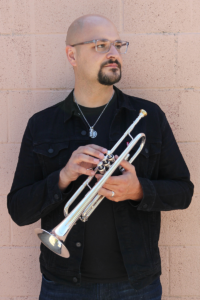 Dan Rosenboom is an internationally recognized trumpet player, composer, and producer. He is known as a prolific member of the Los Angeles creative music scene, having released more than 25 albums of original music as a solo artist and bandleader and has supported over 60 artists across nearly 90 releases on his label, Orenda Records. Rosenboom frequently performs in Hollywood Studios for major film and television soundtracks, highlighted by the latest Star Wars trilogy, with such notable composers as John Williams, Danny Elfman, James Newton Howard, Alan Silvestri, and Alexandre Desplat. He has also performed often with such elite ensembles as the LA Philharmonic, the LA Chamber Orchestra, and the LA Opera. His own music eschews genre distinctions and draws from such disparate influences as jazz and Black American Music, metal and experimental rock, contemporary classical music, folk music from around the globe, and a broad range of progressive music from the avant-garde. He studied at the Eastman School of Music, CalArts, and UCLA, where he earned advanced degrees in music. The Los Angeles Times has called Dan Rosenboom “a musician dedicated to exploration and expression, regardless of anyone’s imagined boundaries,” and “a phenomenon.”
Dan Rosenboom is an internationally recognized trumpet player, composer, and producer. He is known as a prolific member of the Los Angeles creative music scene, having released more than 25 albums of original music as a solo artist and bandleader and has supported over 60 artists across nearly 90 releases on his label, Orenda Records. Rosenboom frequently performs in Hollywood Studios for major film and television soundtracks, highlighted by the latest Star Wars trilogy, with such notable composers as John Williams, Danny Elfman, James Newton Howard, Alan Silvestri, and Alexandre Desplat. He has also performed often with such elite ensembles as the LA Philharmonic, the LA Chamber Orchestra, and the LA Opera. His own music eschews genre distinctions and draws from such disparate influences as jazz and Black American Music, metal and experimental rock, contemporary classical music, folk music from around the globe, and a broad range of progressive music from the avant-garde. He studied at the Eastman School of Music, CalArts, and UCLA, where he earned advanced degrees in music. The Los Angeles Times has called Dan Rosenboom “a musician dedicated to exploration and expression, regardless of anyone’s imagined boundaries,” and “a phenomenon.”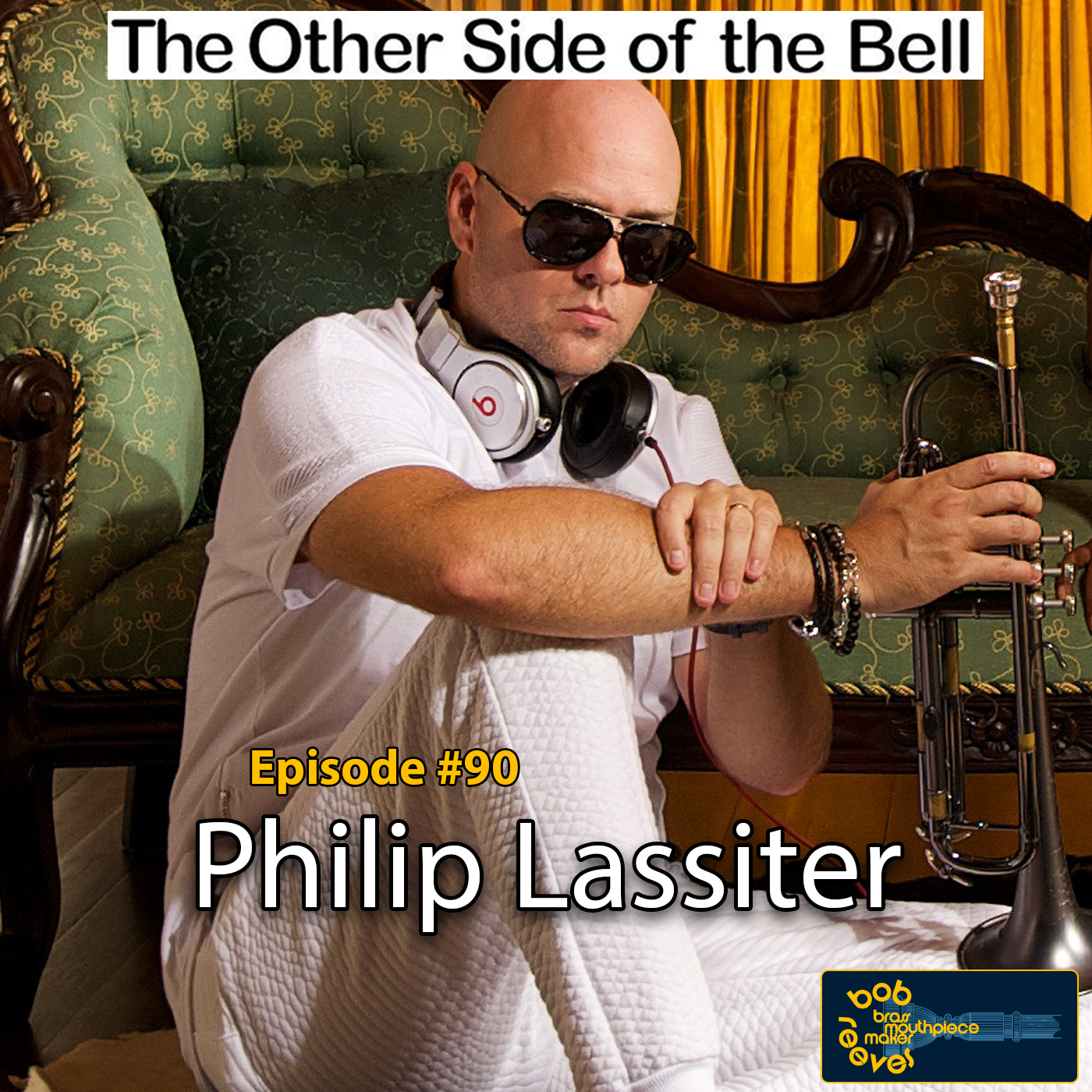
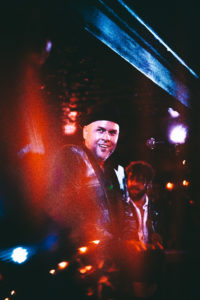 Philip Lassiter is an 11-time Grammy award winning horn/string arranger, and former section leader/arranger of Prince and the New Power Generation.
Philip Lassiter is an 11-time Grammy award winning horn/string arranger, and former section leader/arranger of Prince and the New Power Generation.

 Steve Shires is best known in the brass world as the founder of the S. E. Shires Company, crafter of custom trombones and trumpets. His passion for designing and building brass instruments grew from his love of playing the trombone. Steve received his undergraduate degree in trombone performance from the University of Iowa, where he studied with John Hill and George Krem. A true trombonist, he skipped theory class to apprentice as a brass repair technician at West Music Company in Iowa City and was soon developing his craft by converting old small bore tenor trombones into alto trombones. While continuing his trombone studies in Chicago with legendary Chicago symphony brass section members Arnold Jacobs, Edward Kleinhammer, Frank Crisafulli, and Jay Friedman, he worked for the Schilke Music Company, learning the art of spinning brass instrument bells, as he absorbed the high standards of quality that Schilke represents. In 1986, Steve and his wife Cathy relocated to Boston. It was there that he gained much of his knowledge of the Horn, working for Osmun Brass Instruments, the nationally respected shop for horn repairs and restorations. It was here that Steve gained the invaluable experience of rebuilding valves, cutting bells, and restoring Geyer, Kruspe, Conn, and Paxman horns.
Steve Shires is best known in the brass world as the founder of the S. E. Shires Company, crafter of custom trombones and trumpets. His passion for designing and building brass instruments grew from his love of playing the trombone. Steve received his undergraduate degree in trombone performance from the University of Iowa, where he studied with John Hill and George Krem. A true trombonist, he skipped theory class to apprentice as a brass repair technician at West Music Company in Iowa City and was soon developing his craft by converting old small bore tenor trombones into alto trombones. While continuing his trombone studies in Chicago with legendary Chicago symphony brass section members Arnold Jacobs, Edward Kleinhammer, Frank Crisafulli, and Jay Friedman, he worked for the Schilke Music Company, learning the art of spinning brass instrument bells, as he absorbed the high standards of quality that Schilke represents. In 1986, Steve and his wife Cathy relocated to Boston. It was there that he gained much of his knowledge of the Horn, working for Osmun Brass Instruments, the nationally respected shop for horn repairs and restorations. It was here that Steve gained the invaluable experience of rebuilding valves, cutting bells, and restoring Geyer, Kruspe, Conn, and Paxman horns.